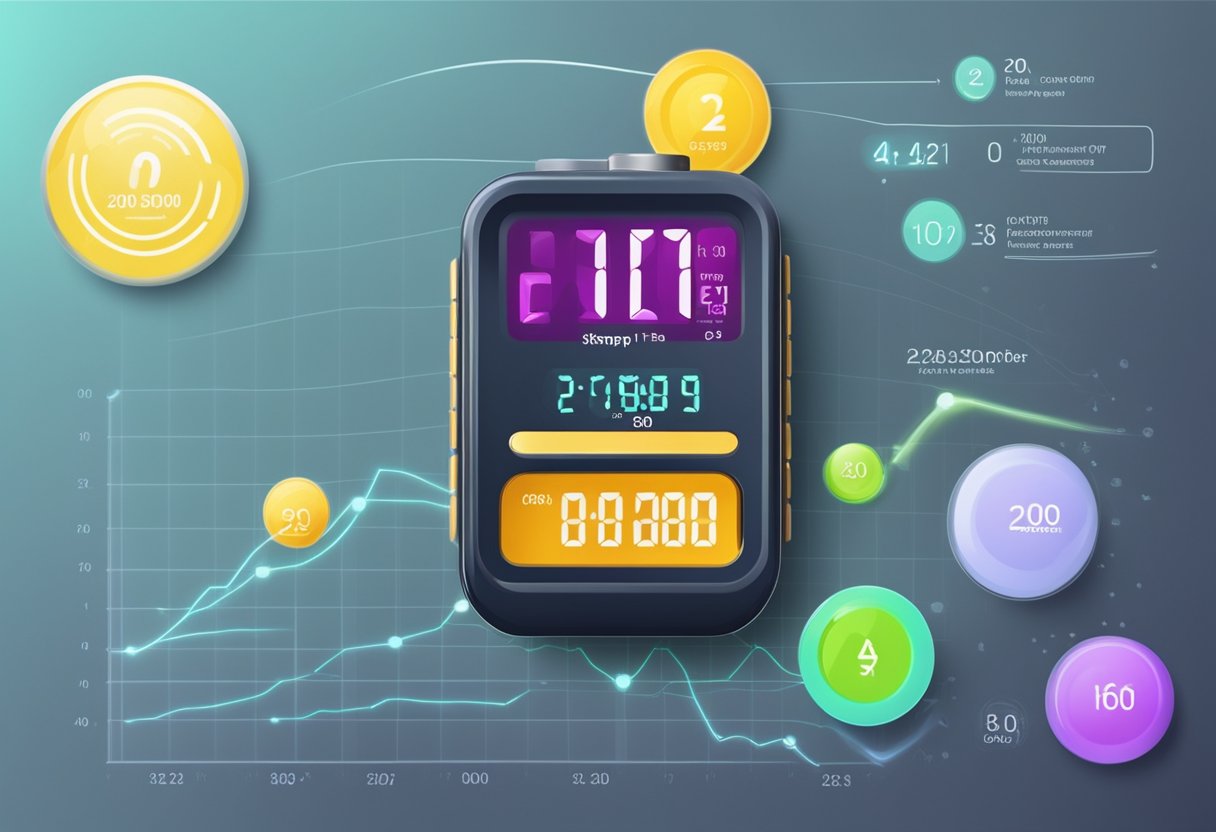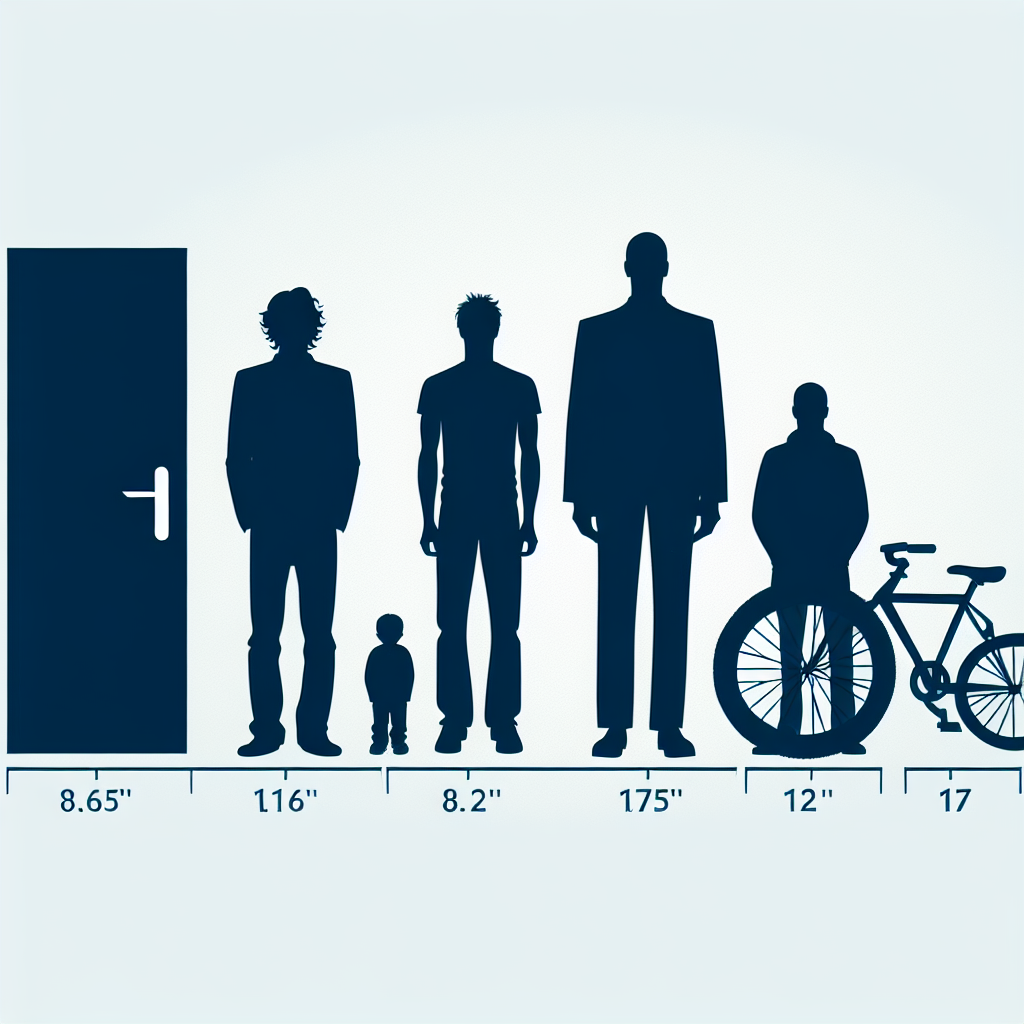Essential Locations for Measuring Your Pulse More Accurately
Measuring your pulse is crucial for understanding your heart health, but knowing where and how to do it effectively can make a significant difference. This article explores the best locations for pulse measurement and will guide you step-by-step to ensure accurate results.

Understanding Pulse Measurement
Before diving into the specifics of pulse measurement locations, it's important to understand why knowing where to measure your pulse can enhance the accuracy of your readings. Your pulse indicates not only your heart rate but can also reveal insights into your overall cardiovascular health. Accurate measurements can help identify potential health issues early on.
Top Locations to Measure Your Pulse
The primary objectives in measuring pulse are to find a site where the pulse can be easily felt and to ensure that you can measure it consistently. Here are the most effective locations to measure your pulse:
1. Radial Pulse (Wrist)
- Location: On the inner side of the wrist, just below the base of the thumb.
- How to Measure: Place your index and middle fingers on the radial artery and press gently until you feel the pulse. Count the beats for 30 seconds and multiply by 2 to get your heart rate.
- Why it’s Popular: This is the most common location used due to its accessibility and ease of measurement.
2. Carotid Pulse (Neck)
- Location: On either side of your neck, just below the jawline.
- How to Measure: Use your index and middle fingers to press gently on the carotid artery. Avoid pressing too hard, as this can cause dizziness. Count the beats for 30 seconds and double it.
- Why it’s Effective: The carotid pulse provides a strong and clear signal of heartbeats, especially useful in emergencies.
3. Brachial Pulse (Upper Arm)
- Location: On the inside of the arm, between the biceps and triceps.
- How to Measure: Use your fingers to feel for the pulse against the humerus bone. Count the beats for 30 seconds and multiply the result by 2.
- Recommended For: This is often used in infants and young children, where you may find it more effective than radial or carotid sites.
4. Femoral Pulse (Groin)
- Location: In the crease of the groin, below your pelvic region.
- How to Measure: Press firmly with your fingers until you feel the pulse. Count for 30 seconds and multiply by 2.
- Use Case: This site is used in clinical settings, especially in emergency medicine.
5. Dorsalis Pedis Pulse (Foot)
- Location: On the top of the foot, between the first and second metatarsals.
- How to Measure: Locate the pulse with your fingers and count the beats for 30 seconds before doubling the total.
- When to Use: This is particularly beneficial for assessing circulation to the lower extremities.
Tips for Accurate Pulse Measurement
- Stay Calm: Ensure you are at rest to get a more accurate reading.
- Use the Right Technique: Use only your fingers, never your thumb, as it has a pulse of its own that can cause confusion.
- Avoid External Factors: Factors like stress or physical exertion can alter your heart rate, so measure in a calm environment.
- Time of Measurement: For consistent results, try to measure your pulse at the same time each day.
Conclusion
Measuring your pulse can provide invaluable insights into your health. Familiarizing yourself with the best places to check your pulse ensures you can monitor your heart rate efficiently. Whether you're at home or in a clinical setting, knowing the right techniques and locations for pulse measurement can enhance your ability to manage your health effectively. For additional resources, consider visiting trusted health websites like the American Heart Association that provide further insights on cardiovascular health.
New posts

Understanding Normal Pulse Rates: What Is a Normal Pulse?
Fitness

Understanding Pulsdruck: Key Insights into Your Blood Pressure Dynamics
Wellness

Understanding Normal Pulse Pressure: What You Need to Know
Lifestyle

Understanding Why You Might Experience Niedriger Blutdruck
Lifestyle

Understanding Ruhepuls 45: The Ideal Resting Heart Rate for Your Health
Fitness

Understanding Low Blood Pressure and Tiredness: Insights and Solutions
Lifestyle

Low Blood Pressure and Trembling: Understanding the Connection
Wellness

Navigating Low Blood Pressure and High Pulse: Key Insights
Wellness

Understanding Ruhepuls 60: A Guide to Optimal Heart Rate
Fitness

Understanding Low Blood Pressure at Night: Causes, Symptoms, and Management
Wellness
Popular posts

Understanding Low Blood Pressure and Tiredness: Insights and Solutions
Lifestyle

Effective Strategies to Lower Blood Pressure
Fitness

Understanding Ruhepuls 60: A Guide to Optimal Heart Rate
Fitness

The Impact of Ginger on Blood Pressure: What You Need to Know
Health

Understanding Normal Blood Pressure: Measurements and Ranges
Health

Navigating Low Blood Pressure and High Pulse: Key Insights
Wellness

Understanding Puls Unter 60: When Low Heart Rates Become Concerning
Fitness

Understanding Wrist Blood Pressure Monitoring: A Comprehensive Guide
Wellness

Understanding Low Diastolic Blood Pressure: Causes and What to Do
Wellness

Understanding Low Blood Pressure and Its Effect on Vision Disturbances
Health